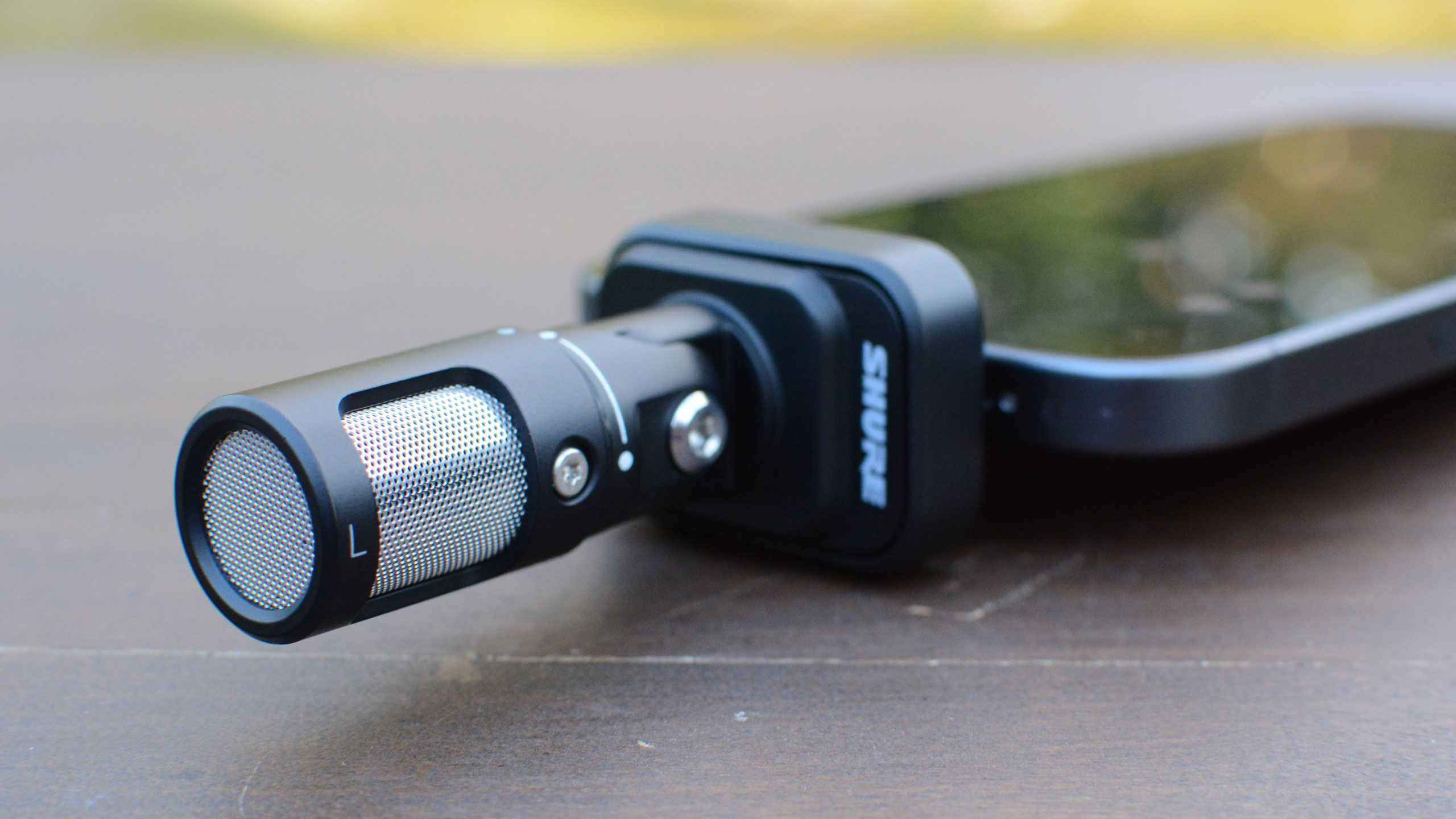Shure’s original MV88 microphone (no, not the + version) was a convenient snap-on option for iPhone users. Since Apple ditched the port for USB-C, the audio accessory became obsolete for newer handsets. At CES 2026, the company debuted a revised version of the mic, swapping the Lightning connection for USB-C, which also adds compatibility for Android users and a host of other devices. The best part is the updated MV88 is available now, and it’s priced at $159.
If you missed the 2015 version, the MV88 is a compact stereo condenser microphone that simply snaps onto a phone, tablet or one of your laptop’s ports. It provides a packable boost to any built-in mics on your devices, allowing you to capture better audio for voice and video clips. What’s more, it’s a simple, plug-and-play option that doesn’t require additional setup. And if you choose to employ Shure’s suite of apps, you’ll get access to things like presets, microphone gain control, a five-band EQ, limiter, compression and a high-pass filter. Plus, the company’s apps will give you a microphone level meter to keep tabs on your input.

With Auto Level Mode, the mic automatically adjusts gain in real time so that your clips aren’t too loud or too quiet. There’s also a Real-Time Denoiser that works to reduce background noise. The MV88 USB-C has four selectable polar patterns — stereo, mono cardioid, mono bi-directional and raw mid-side — and you can tilt the microphone so that it either points straight up or towards you.
I’ve been testing the new MV88 for a few days ahead of CES and I can confirm it’s a substantial boost over anything a device’s built-in microphone can offer. It’s also a nice alternative to popular lapel mics you’ve likely seen creators and influencers use. Those need to be held close to the speaker’s mouth, so they don’t pic up ambient sound or multiple speakers well without moving them. The MV88 would the better choice for capturing clips of live music, the great outdoors or other places where you want some level of background noise.

Sound quality has been impressive thus far. After barely tweaking any settings, audio capture is warm, but also crisp and clear. That Real-Time Denoiser completely eliminated a noisy hotel room A/C unit during one of my testing sessions. This means the new MV88 will improve my sound if I need to do any voice or video interviews this week from my room. I’m also looking forward to seeing how well it does at some of the evening events and on the CES show floor.
To me, the best part about the MV88 is the quick and easy setup. You literally just snap it on your phone, or another device with a USB-C port, and after a few taps you’re ready to record. Shure also included a small case for the microphone, so it’s less likely to get damaged any time you just need to chuck it in your bag.